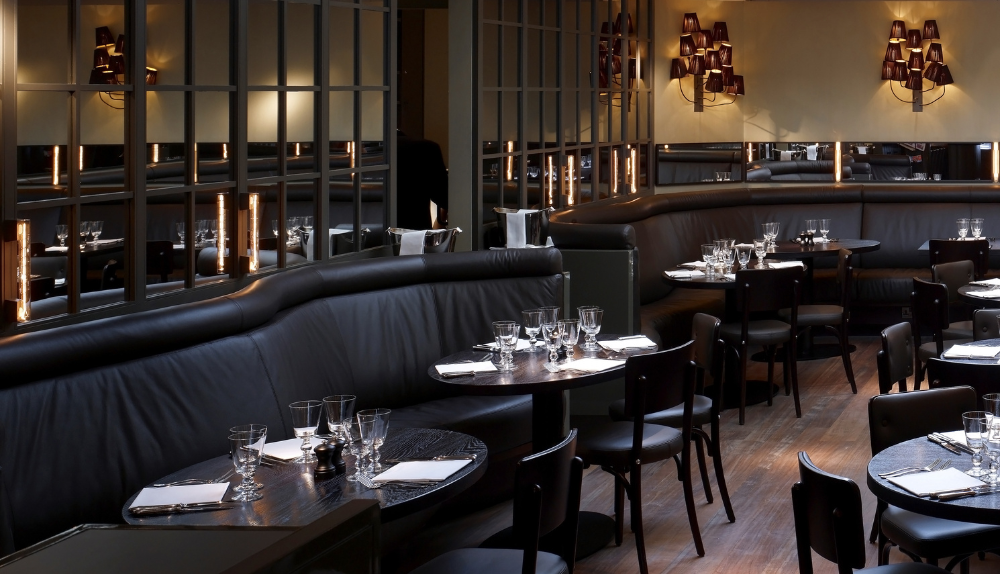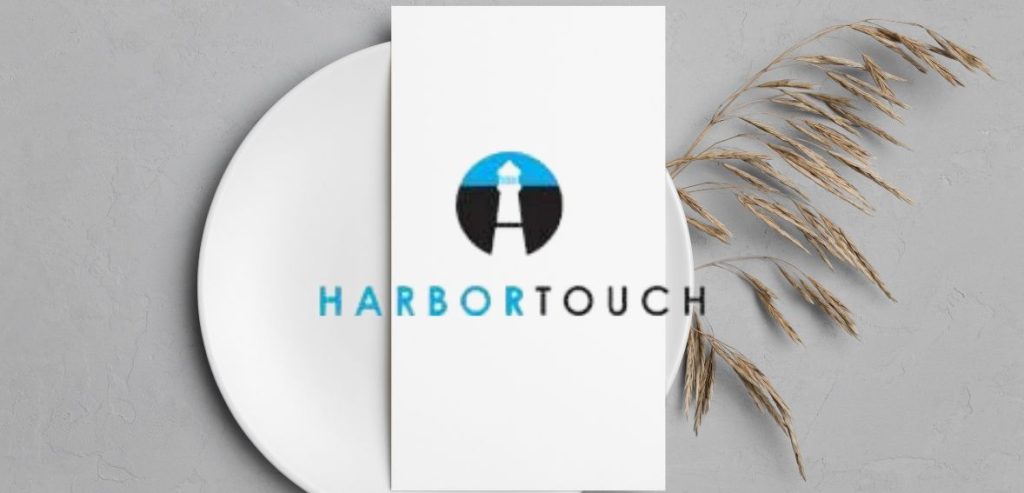Welcome to the intricate world of restaurant management, where the delightful symphony of flavors dances with the relentless pursuit of profitability. Owning and operating a restaurant is a thrilling endeavor, but it comes with its fair share of challenges. Among them, finding the perfect balance between high occupancy and maximizing profitability stands as a true test of skill and finesse. In this dynamic guide, we will embark on a journey through the tantalizing realm of culinary arts and business acumen, exploring the art to balance occupancy and profitability in your restaurant.
Prepare to uncover the secrets to help you create an enchanting dining experience while ensuring your financial success remains as irresistible as your signature dish. Get ready to master the delicate equilibrium where tables are filled, guests are delighted, and your restaurant thrives like never before.
 In a competitive restaurant industry, maximizing occupancy is crucial for driving revenue and ensuring the success of your establishment. By implementing strategic approaches, you can attract more customers, optimize table turnover, and create a vibrant dining atmosphere. Let's explore some effective strategies for maximizing your restaurant's occupancy.
In a competitive restaurant industry, maximizing occupancy is crucial for driving revenue and ensuring the success of your establishment. By implementing strategic approaches, you can attract more customers, optimize table turnover, and create a vibrant dining atmosphere. Let's explore some effective strategies for maximizing your restaurant's occupancy.
 Optimizing a restaurant's occupancy using smart and digital solutions can greatly enhance efficiency, customer experience, and profitability. Here are some effective ways to leverage technology to optimize your restaurant's occupancy:
Optimizing a restaurant's occupancy using smart and digital solutions can greatly enhance efficiency, customer experience, and profitability. Here are some effective ways to leverage technology to optimize your restaurant's occupancy:
Why is Occupancy Necessary for Restaurants?
Occupancy is a vital factor that can make or break a restaurant's success. It serves as a cornerstone for profitability, customer satisfaction, and overall dining experience. A high occupancy level directly translates to a bustling atmosphere, creating an enticing ambiance that attracts new patrons and retains loyal customers. When guests walk into a busy restaurant, they often perceive it as popular, vibrant, and worthy of their time and money. This perception can significantly impact a restaurant's reputation, leading to positive word-of-mouth recommendations and increased foot traffic. Furthermore, high occupancy plays a pivotal role in optimizing a restaurant's revenue stream. With more guests filling the seats, sales, and profits naturally surge. Each empty table represents a missed opportunity to generate income. By maximizing occupancy, restaurants can achieve economies of scale, leveraging their resources to the fullest and spreading fixed costs across a larger customer base. This, in turn, helps boost the bottom line and ensures financial viability. Occupancy also contributes to the overall dining experience. A well-populated restaurant creates a vibrant and energetic atmosphere, enhancing the overall enjoyment for guests. The buzz of conversations, the clinking of glasses, and the aroma of delectable dishes all contribute to a lively ambiance that guests often seek when dining out. Moreover, a high level of occupancy fosters a sense of social validation, making guests feel like they are part of something special and desirable. Overall, occupancy is of paramount importance for restaurants. It not only signals popularity and attracts new customers but also drives profitability and enhances the dining experience. Striking the right balance between occupancy and profitability is a delicate art that successful restaurants master, reaping the rewards of a thriving business and a loyal customer base.How to Maximize Your Restaurant’s Occupancy - Tips To Balance Occupancy and Profitability
 In a competitive restaurant industry, maximizing occupancy is crucial for driving revenue and ensuring the success of your establishment. By implementing strategic approaches, you can attract more customers, optimize table turnover, and create a vibrant dining atmosphere. Let's explore some effective strategies for maximizing your restaurant's occupancy.
In a competitive restaurant industry, maximizing occupancy is crucial for driving revenue and ensuring the success of your establishment. By implementing strategic approaches, you can attract more customers, optimize table turnover, and create a vibrant dining atmosphere. Let's explore some effective strategies for maximizing your restaurant's occupancy.
Efficient Reservation Management
Efficiently managing reservations is a fundamental aspect of maximizing occupancy. Implementing a robust reservation system allows you to organize and allocate tables effectively. Consider using reservation management software that enables online bookings, tracks availability in real time, and sends reminders to guests. Additionally, consider implementing a waitlist system to promptly fill any cancellations or no-shows.Optimize Table Layout and Seating
Carefully designing your restaurant's layout and seating arrangements can have a significant impact on occupancy. Arrange tables and chairs to maximize the use of space without compromising guest comfort. Experiment with different table configurations to accommodate various party sizes. Incorporate versatile seating options, such as booth seating or communal tables, to accommodate both large groups and individual diners.Offer Flexible Dining Options
To attract a broader customer base, consider offering flexible dining options. Introduce lunch specials, early bird menus, or happy hour promotions to encourage mid-day or early evening occupancy. Providing bar seating or outdoor dining options can cater to customers seeking a more casual or al fresco experience. By diversifying your offerings, you can attract different demographics and increase overall occupancy.Optimize Turnaround Time
Efficiently managing table turnover is crucial for maximizing occupancy. Train your staff to provide prompt and attentive service without rushing guests. Encourage servers to upsell and offer enticing dessert or beverage options, allowing guests to enjoy their meals while keeping the table turnover rate high. Clearing tables promptly and resetting them for the next guests is also essential in maintaining a steady flow of customers.Enhance Online Presence and Marketing
Investing in a strong online presence and effective marketing strategies can significantly boost your restaurant's visibility and attract more customers. Develop an appealing and user-friendly website that showcases your menu, ambiance, and reservation options. Leverage social media platforms to engage with potential customers, share enticing food photos, and promote special offers. Collaborate with local influencers or food bloggers to create buzz and reach a wider audience.Create an Engaging Ambiance
The ambiance of your restaurant plays a vital role in attracting and retaining customers. Pay attention to lighting, music, decor, and overall atmosphere to create a welcoming and memorable dining experience. Consider factors such as acoustics to ensure a comfortable noise level and the right lighting to set the desired mood. An engaging ambiance will entice customers to stay longer and increase overall occupancy.Provide Excellent Customer Service
Exceptional customer service is paramount for maximizing occupancy. Train your staff to provide attentive, friendly, and efficient service to ensure a positive experience for every guest. Encourage staff to interact with customers, make recommendations, and promptly address concerns. Satisfied customers are more likely to return and recommend your restaurant to others, ultimately contributing to higher occupancy rates. By implementing these strategies, you can optimize your restaurant's occupancy, create a thriving atmosphere, and maximize profitability. Remember to continually analyze and adapt your approaches based on customer feedback and industry trends to ensure long-term success in a competitive market.How to Optimize a Restaurant’s Occupancy
 Optimizing a restaurant's occupancy using smart and digital solutions can greatly enhance efficiency, customer experience, and profitability. Here are some effective ways to leverage technology to optimize your restaurant's occupancy:
Optimizing a restaurant's occupancy using smart and digital solutions can greatly enhance efficiency, customer experience, and profitability. Here are some effective ways to leverage technology to optimize your restaurant's occupancy:





